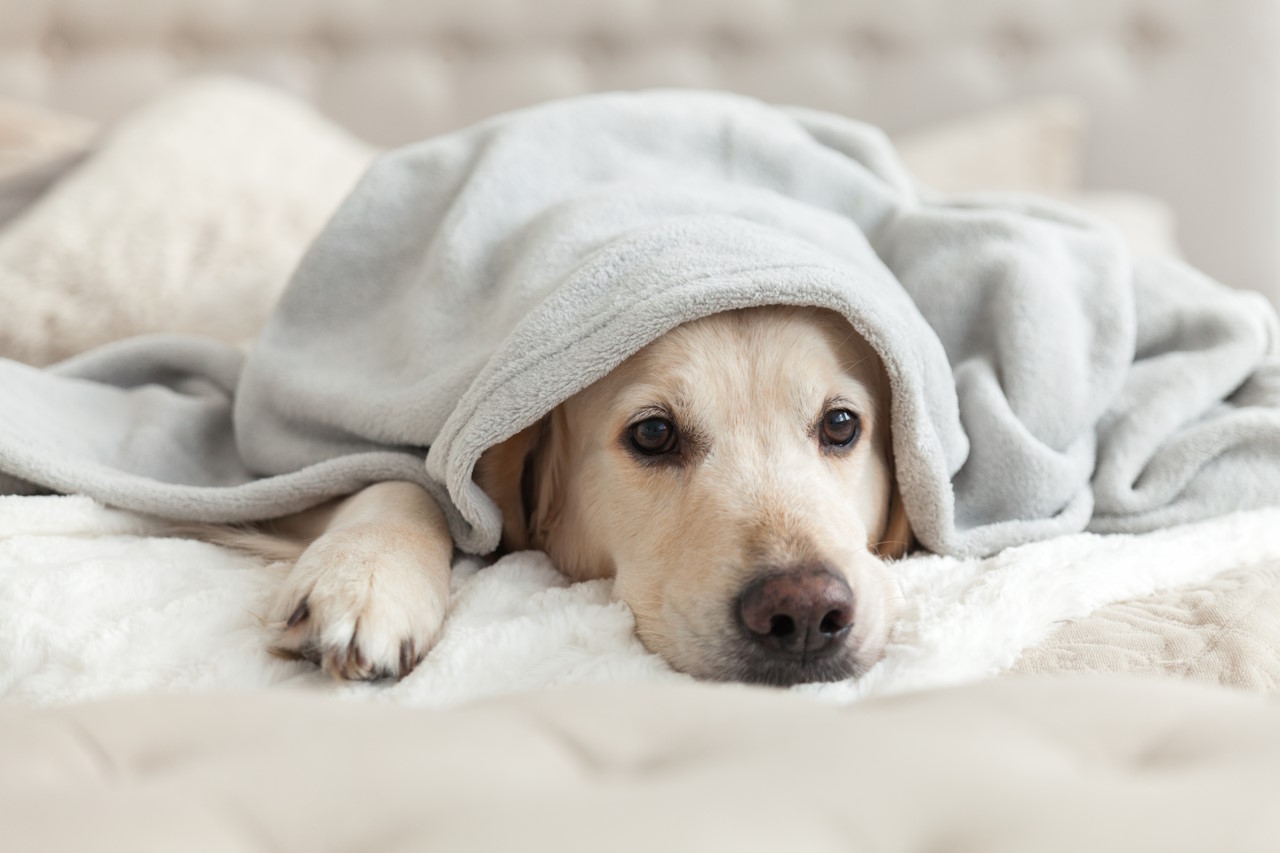Spending more time at home during the Covid-19 pandemic may have had a detrimental effect on our pets. Regardless of age, pets can develop separation anxiety. Due to the increased time we are spending with pets, there has been a rise in pets suffering from the condition.
Separation anxiety is when a pet finds it stressful to be apart from their humans.
Separation anxiety presents in many different ways including:
- Whining
- Barking/howling
- Pacing
- Trembling
- Panting
- Drooling
- Destructive behaviour
- Inappropriate urination or defecation
- Following you around
- Staying close to the door
If your pet is displaying these symptoms, it is first recommended to speak to your vet. It is helpful to have details of the behaviours displayed and when they do them. Underlying health conditions can exacerbate separation anxiety, so ruling these out is always a good first base.
It can be beneficial to create a consistent, predictable routine. This includes exercise timings, time away from your pet and feeding times. If your pet knows what to expect and when to expect it, it can reduce anxieties.
When arriving or leaving your pet try not to make a big fuss. By greeting them calmly it can reduce the anxiety while waiting for you to come home.
Mental and physical stimulation play a crucial role in this too. By ensuring your pet is stimulated, you are likely to reduce the symptoms displayed. This can include puzzle feeders, playing with toys and tasks such as agility.
By providing your pet with enrichment when they are left alone, it can distract them from your absence. Making them find their food or using food toys can be beneficial as can leaving a tv or radio on. If symptoms persist then it can be beneficial to seek the advice of a behaviourist. Your veterinary practice should be able to refer you to one within your area.
Lucy Travers BVSc CertAVP MRCVS Highfields Vets

